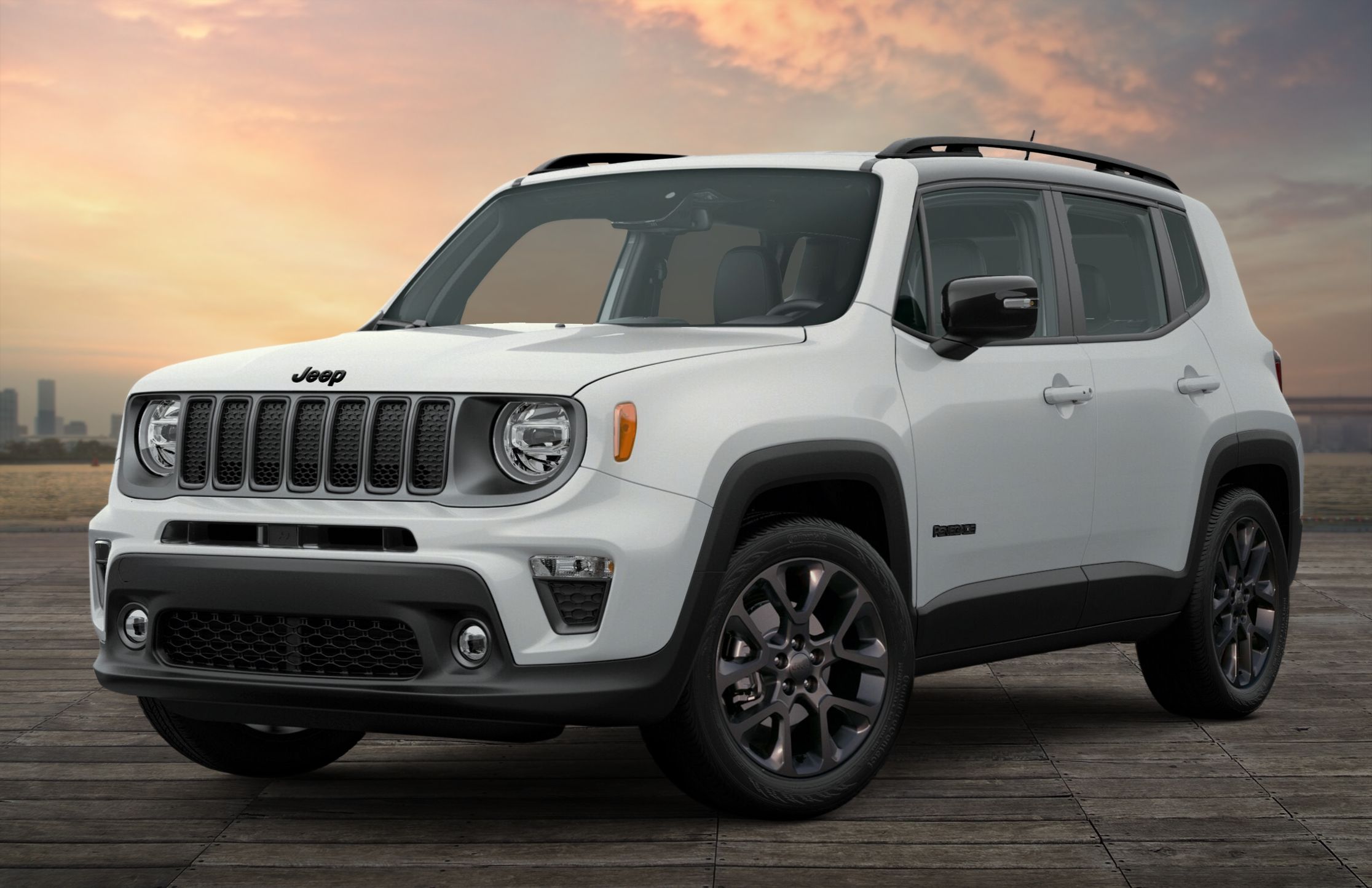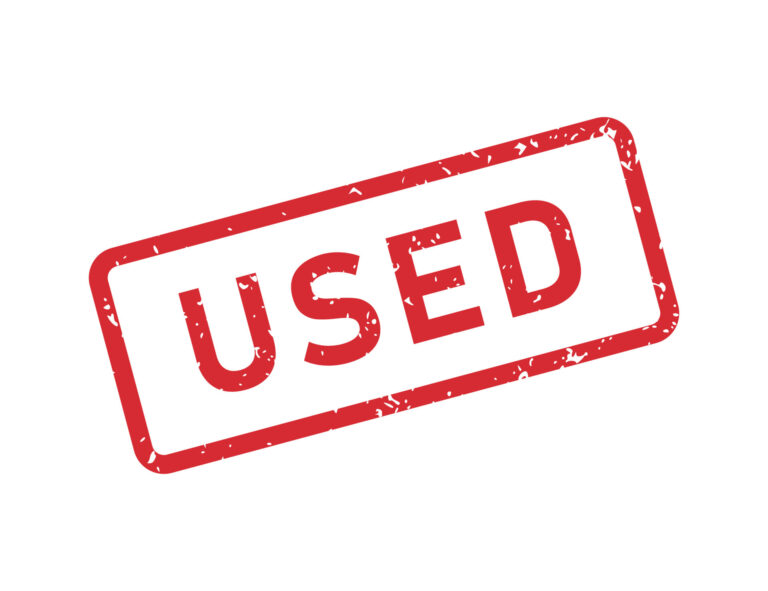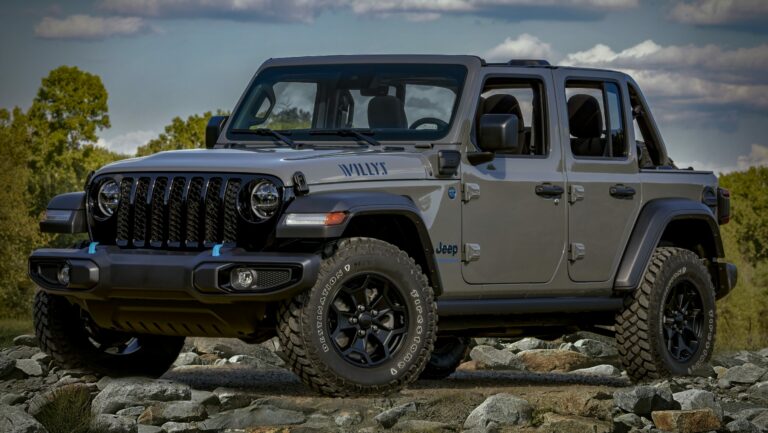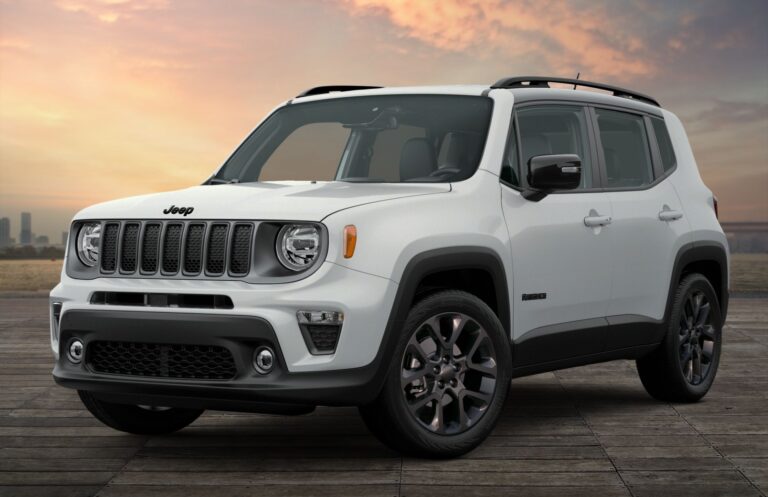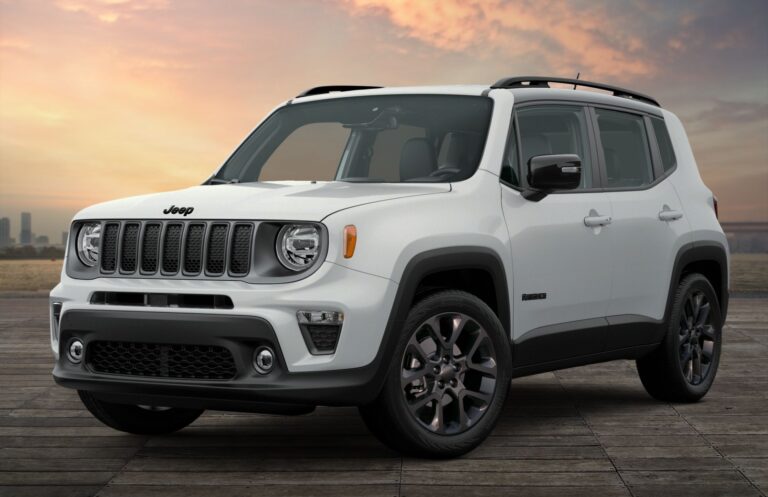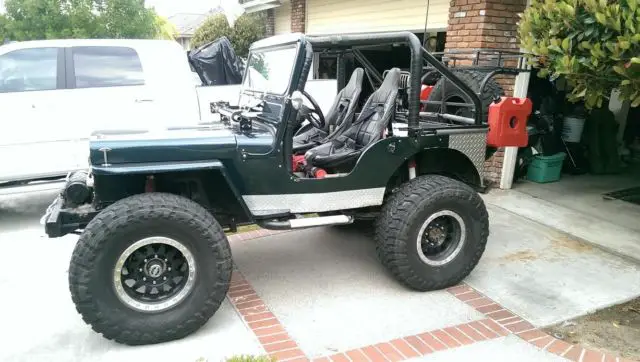Jeep Overdrive For Sale: Unlocking Performance and Efficiency for Your Classic Ride
Jeep Overdrive For Sale: Unlocking Performance and Efficiency for Your Classic Ride jeeps.truckstrend.com
For enthusiasts of classic Jeeps – from the venerable Willys MB and CJ-2A to the rugged CJ-5 – the allure of these iconic vehicles often comes with a practical challenge: their original powertrains, while robust, were not designed for modern highway speeds. This is where the "Jeep Overdrive" becomes a game-changer, transforming an otherwise low-geared, high-revving experience into a smoother, more economical, and far more enjoyable journey. If you’re looking to enhance your vintage Jeep’s performance without sacrificing its soul, finding the right overdrive unit is an essential quest.
This comprehensive guide delves into everything you need to know about Jeep overdrives for sale, covering their importance, benefits, types, purchasing considerations, and much more, helping you navigate the market with confidence.
Jeep Overdrive For Sale: Unlocking Performance and Efficiency for Your Classic Ride
Understanding the Jeep Overdrive: A Mechanical Marvel
At its core, a Jeep overdrive is an auxiliary transmission unit designed to provide an additional, higher gear ratio to an existing manual transmission. Unlike a standard transmission swap, an overdrive unit typically bolts onto the back of the original gearbox or the transfer case, acting as a "gear splitter." Its primary function is to reduce the engine’s RPMs at a given road speed.
For older Jeeps equipped with three-speed transmissions like the T-90 or T-84, the top gear was often a direct 1:1 ratio. This meant that at highway speeds (say, 55-65 mph), the engine would be spinning at excessively high revolutions per minute (RPMs), leading to increased noise, excessive fuel consumption, and accelerated wear and tear. An overdrive unit, typically offering a ratio around 0.73:1 or 0.82:1, effectively adds a "fourth" or "fifth" gear that allows the engine to loaf along at much lower RPMs for the same road speed. This simple yet ingenious addition dramatically improves the vehicle’s drivability and longevity, making those longer trips far more comfortable.
The Indispensable Benefits of Adding an Overdrive
Investing in a Jeep overdrive isn’t just about adding another gear; it’s about unlocking a host of advantages that significantly enhance the classic Jeep ownership experience.
- Improved Fuel Economy: This is arguably the most significant benefit. By reducing engine RPMs at cruising speed, your engine consumes less fuel, saving you money at the pump and extending your range, especially on longer trips.
- Reduced Engine Wear and Tear: Lower RPMs translate directly to less stress on engine components. Less friction, less heat, and fewer cycles mean a longer lifespan for your engine, deferring costly rebuilds or replacements.
- Quieter Highway Cruising: The high-pitched whine of a screaming engine at 3,500+ RPMs on the highway can be fatiguing. An overdrive significantly reduces engine noise, allowing for more comfortable conversations and an overall more relaxed driving experience.
- Enhanced Drivability: For many classic Jeeps, especially those with non-synchronized first gears, shifting can be a chore. An overdrive provides more flexibility in gear selection, making the vehicle feel more responsive and modern, particularly when accelerating or maintaining speed. It effectively bridges the gap between gears, smoothing out the power delivery.
- Preservation of Original Powertrain: Unlike a complete transmission swap, an overdrive unit allows you to retain your Jeep’s original transmission and transfer case. This is crucial for purists and those aiming to maintain the vehicle’s historical authenticity while still enjoying modern conveniences.
- Increased Top Speed (Potentially): While primarily designed for efficiency, the lower RPMs at higher speeds can sometimes allow the vehicle to reach slightly higher comfortable cruising speeds than it could without the overdrive, though this is less about raw speed and more about sustainable cruising.


Types of Jeep Overdrives and Key Brands
When searching for a Jeep overdrive for sale, you’ll primarily encounter external, bolt-on units. These are the classic solutions for older Jeeps that lacked integrated overdrive from the factory.

- Warn Overdrive: Undoubtedly the most famous and sought-after overdrive for vintage Jeeps (Willys MB, GPW, CJ-2A, CJ-3A, CJ-3B, CJ-5, and early CJ-6). Manufactured by Warn Industries, these units are renowned for their robust construction and effective performance. They typically bolt to the back of the T-90 transmission (or T-84 for WWII Jeeps) and operate independently with their own shift lever.
- Saturn Overdrive: Produced by Advance Adapters, the Saturn Overdrive is a popular modern alternative and often considered a direct successor or improvement over the original Warn design. Many parts are interchangeable with Warn units, and they offer similar performance benefits. They are highly respected for their quality and continued availability of parts and support.
- Fairmount Overdrive: Less common than Warn or Saturn, Fairmount overdrives were another option available historically. While functional, finding parts for these units can be more challenging.
Modern Jeeps (YJ, TJ, JK, JL) typically come with transmissions that have integrated overdrive gears (e.g., AX-15, NV3550, NSG370, or various automatic transmissions). Therefore, the "Jeep Overdrive for Sale" market primarily refers to these add-on units for classic models.
What to Look for When Buying a Jeep Overdrive
Purchasing an overdrive unit requires careful consideration, as these are specialized components for often equally specialized vehicles.
- Compatibility is Key:
- Jeep Model: Ensure the overdrive is specifically designed for your Jeep model (e.g., CJ-2A, CJ-3A, CJ-5). While some units have broad compatibility, others are model-specific.
- Transmission Type: Most classic overdrives are designed to mate with specific transmissions, primarily the T-90 (found in most CJ-2A, 3A, 3B, 5) or the T-84 (WWII MB/GPW). Verify your transmission type before buying.
- Transfer Case: Ensure it will clear your transfer case (e.g., Dana 18).
- Condition of the Unit:
- New Old Stock (NOS): Extremely rare and commands top dollar, but offers pristine, unused condition.
- Rebuilt: Often the best option. A professionally rebuilt unit comes with new bearings, seals, and potentially gears, offering reliability comparable to new. Look for reputable rebuilders who offer a warranty.
- Used (Good Condition): If buying used, inspect thoroughly. Look for signs of leaks (oil stains), excessive play in the input/output shafts, grinding noises when spun by hand, or damaged shift mechanisms. Ask for videos of it operating or inspect in person.
- Used (Needs Rebuild): These are cheaper but factor in the cost of a rebuild kit and labor. This can be a good option for DIY mechanics or if you want to ensure the unit is refreshed before installation.
- Completeness of the Kit:
- Does it come with the necessary adapter plate, shift linkage, floor boot, PTO cover, and all mounting hardware? Missing components can be difficult and expensive to source separately.
- Reputation of the Seller:
- Buy from reputable sources: specialty Jeep parts dealers, well-known rebuilders, or trusted members of Jeep forums. Avoid unknown sellers with vague descriptions or poor communication.
- Price vs. Value:
- Compare prices across different vendors and conditions. A cheaper used unit might become more expensive than a rebuilt one once parts and labor are factored in. Don’t be afraid to ask for a discount, especially if it needs work.
Installation Considerations
Installing a Jeep overdrive is a moderate to advanced mechanical task. While many DIY enthusiasts tackle it, understanding the process and potential challenges is crucial.
- Tools and Workspace: You’ll need standard mechanic’s tools, a good jack and jack stands, and potentially a transmission jack.
- Skill Level: If you’re comfortable dropping a transmission, working with drivelines, and making minor modifications, you can likely handle it. If not, professional installation is recommended.
- Time Commitment: Expect a full day or two for the installation, especially if it’s your first time or if unexpected issues arise.
- Potential Modifications:
- Driveshaft Length: Adding an overdrive unit lengthens the powertrain, often requiring the rear driveshaft to be shortened. This is a critical step that usually requires a driveline shop.
- Floor Opening: The overdrive’s shift lever will require a new hole in the transmission tunnel of your Jeep.
- Transfer Case PTO Cover: The overdrive unit typically replaces the PTO cover on the transfer case.
Always consult your Jeep’s service manual and the overdrive unit’s specific installation instructions. Online forums and YouTube videos can also be invaluable resources.
Where to Find Jeep Overdrives For Sale
The market for these specialized units is niche but active.
- Specialty Jeep Parts Dealers: Companies like Walck’s 4WD, Kaiser Willys, and other vintage Jeep parts suppliers often carry new (Saturn) or professionally rebuilt (Warn/Saturn) units. This is generally the safest bet for quality and support.
- Online Marketplaces: eBay, Craigslist, and Facebook Marketplace are common places to find used units. Exercise caution, ask detailed questions, and request multiple photos/videos.
- Jeep Forums and Enthusiast Groups: Dedicated forums (e.g., G503 for military Jeeps, CJ-2A Page, EarlyCJ5.com) and Facebook groups for vintage Jeep owners are excellent resources. Sellers here are often fellow enthusiasts who understand the product and provide accurate descriptions.
- Swap Meets and Vintage Auto Shows: While less common for complete units, these events can occasionally turn up hidden gems or provide opportunities to network with sellers.
Price Table: Estimated Costs for Jeep Overdrive Units
The price of a Jeep overdrive can vary significantly based on condition, brand, completeness, and market demand. This table provides a general estimate for the primary types of units encountered for sale.
| Item/Condition | Estimated Price Range (USD) | Key Considerations |
|---|---|---|
| Used (Needs Rebuild) | $500 – $1,200 | Cheapest upfront. Factor in $500-$1000+ for rebuild kit and labor. No warranty. High risk if you can’t DIY. |
| Used (Good Condition) | $1,000 – $1,800 | Requires careful inspection. May need seals/bearings soon. No warranty. Seller reputation is crucial. |
| Professionally Rebuilt | $1,800 – $2,500+ | Best value for reliability. Includes new internals, seals, and often a warranty. Ready to install. |
| New Saturn Overdrive | $2,000 – $2,800+ | Brand new unit from Advance Adapters. Modern design, full warranty, parts availability. |
| New Old Stock (NOS) | $2,500 – $4,000+ (Rare) | Original, unused Warn units. Highly collectible. Price depends on rarity and completeness. Very hard to find. |
Note: These prices are estimates and can fluctuate based on market demand, location, and the specific seller. Always factor in shipping costs, and potential professional installation or driveshaft modification expenses.
Frequently Asked Questions (FAQ) About Jeep Overdrives
Q1: What is the primary benefit of adding an overdrive to my classic Jeep?
A1: The main benefits are significantly improved fuel economy, reduced engine wear and tear due to lower RPMs at cruising speed, and a much quieter and more comfortable highway driving experience.
Q2: Will a Jeep overdrive fit my specific model and transmission?
A2: Overdrives like the Warn and Saturn are primarily designed for classic Jeeps (MB, GPW, CJ-2A, CJ-3A, CJ-3B, CJ-5) that use the T-90 or T-84 three-speed manual transmission and Dana 18 transfer case. Always verify compatibility with your specific vehicle before purchasing.
Q3: Is installing an overdrive a difficult DIY project?
A3: It requires moderate to advanced mechanical skills. You’ll need to remove the transfer case and potentially modify the driveshaft length and the floor pan for the shifter. Many enthusiasts do it themselves, but professional installation ensures proper setup and safety.
Q4: Are parts still available for older Warn or Saturn overdrives?
A4: Yes, many critical components (bearings, seals, some gears) are still reproduced, especially for the popular Warn and Saturn units. Advance Adapters (maker of Saturn) is a good resource for parts and information.
Q5: Is the cost of an overdrive worth it for a classic Jeep?
A5: For most classic Jeep owners who drive their vehicles regularly, absolutely. The long-term savings in fuel and engine longevity, combined with the dramatically improved drivability and comfort, make it a worthwhile investment that enhances the overall ownership experience and preserves the vehicle’s value.
Q6: Does an overdrive affect off-road performance?
A6: No, an overdrive unit is typically used in higher gears (e.g., 2nd or 3rd gear) on the road. When engaging 4-wheel drive low range for off-roading, the overdrive unit is usually disengaged, meaning it does not interfere with the low-end torque or gearing needed for challenging terrain.
Conclusion: Driving Your Classic Jeep into the Modern Era
The pursuit of a Jeep overdrive for sale is more than just a search for a mechanical part; it’s an investment in the future of your classic vehicle. By adding an overdrive, you’re not just improving fuel efficiency or reducing engine wear; you’re fundamentally transforming the driving experience, making your vintage Jeep a more practical and enjoyable vehicle for contemporary roads.
Whether you opt for a legendary Warn, a reliable Saturn, or a meticulously rebuilt unit, the benefits are clear. Take your time, do your research, and don’t hesitate to consult with the vast community of Jeep enthusiasts. With the right overdrive, your classic Jeep will not only turn heads but also cruise with a newfound comfort and capability, ensuring many more miles of open-road adventure.

